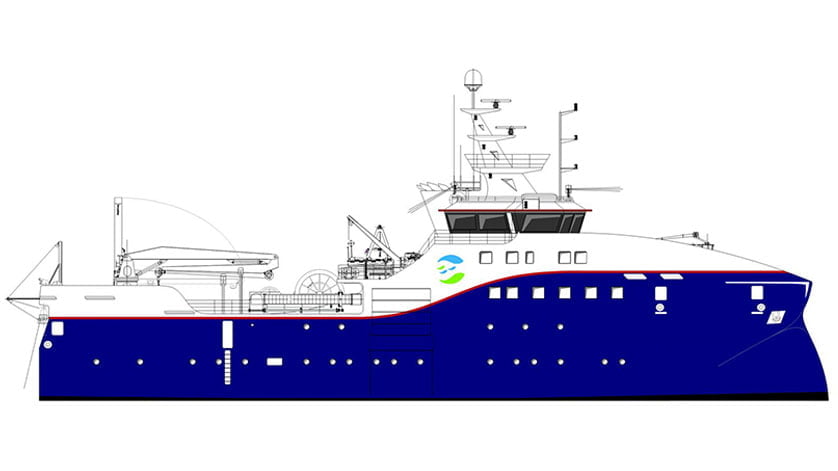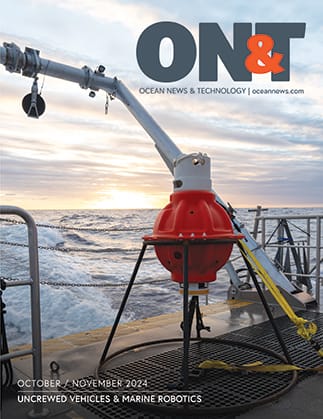The vessel is being built at the MEST shipyard in the Faroes. The order with Wärtsilä was booked in June 2017.
The ability to create a propulsion solution that significantly limits underwater radiated noise (URN) and which meets the DNV Silent R notation, was a key factor in the award of this contract to Wärtsilä. By enabling the vessel to sail with very little URN, the Wärtsilä solution will facilitate the ability of the research personnel onboard to carry out their tasks with greater effectiveness.
“It is a reflection on Wärtsilä’s extensive resources in both equipment and in-house technical know-how that we are able to meet the customer’s need for an ultra-silent vessel. This broad range of competences enables us to serve our customers better, and gives Wärtsilä a distinct competitive edge,” says Simon Riddle, General Manager, Naval & Research Vessels, Wärtsilä Marine Solutions.
“Having a single supplier capable of providing everything specified for this modern research vessel’s performance requirements is, of course, extremely helpful. It saves procurement time and reduces the project scheduling risks, so we are very grateful for Wärtsilä’s cooperation and support,” says Mouritz Mohr, CEO, MEST Shipyard.
The 54 metre long ship will be powered by two 8-cylinder Wärtsilä 20 engines and will have a silent Wärtsilä fixed pitch propeller and complete shaft line. The solution is very compact, which results in reduced acoustic signals. Wärtsilä will also supply a selective catalytic reduction (SCR) system to clean the engine exhaust of nitrogen oxide (NOx) emissions.
The research vessel is scheduled to commence operations in mid-2020, and will be used to help provide a basis for the responsible exploitation of the marine resources around the Faroe Islands.

